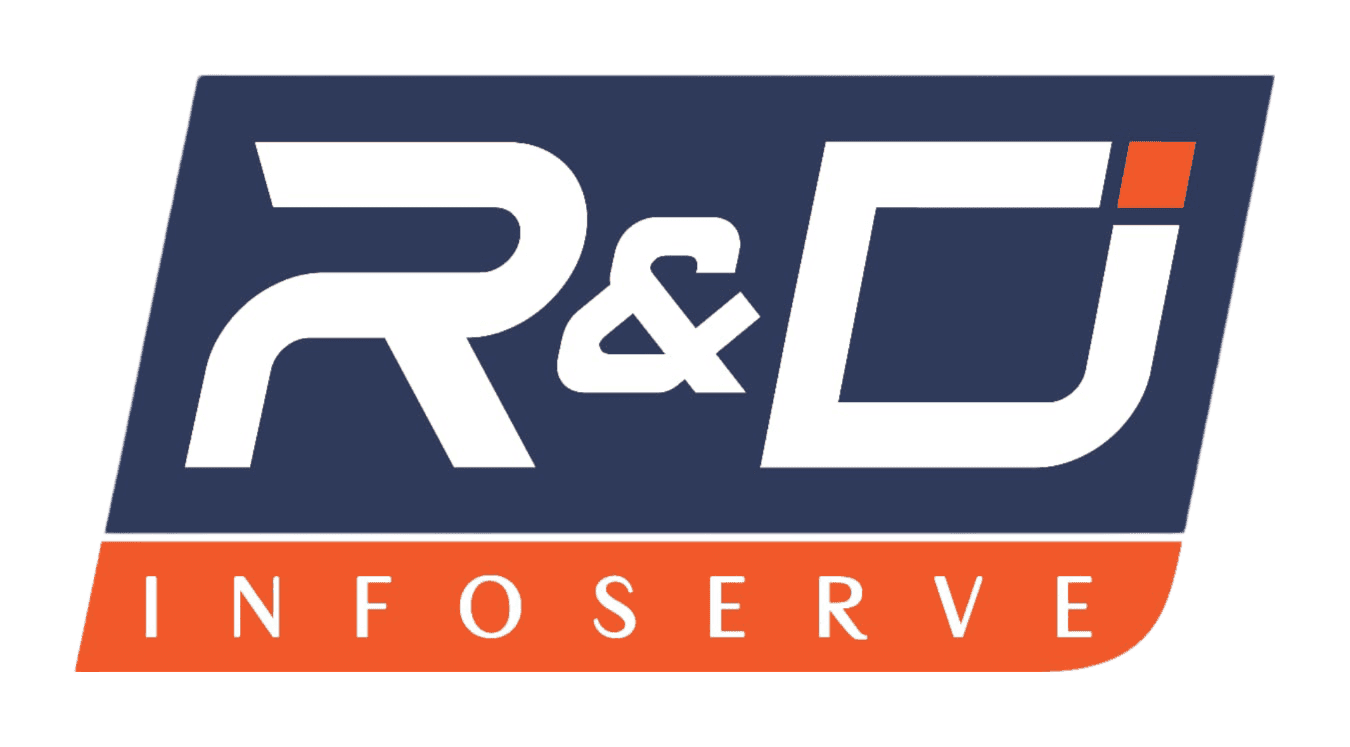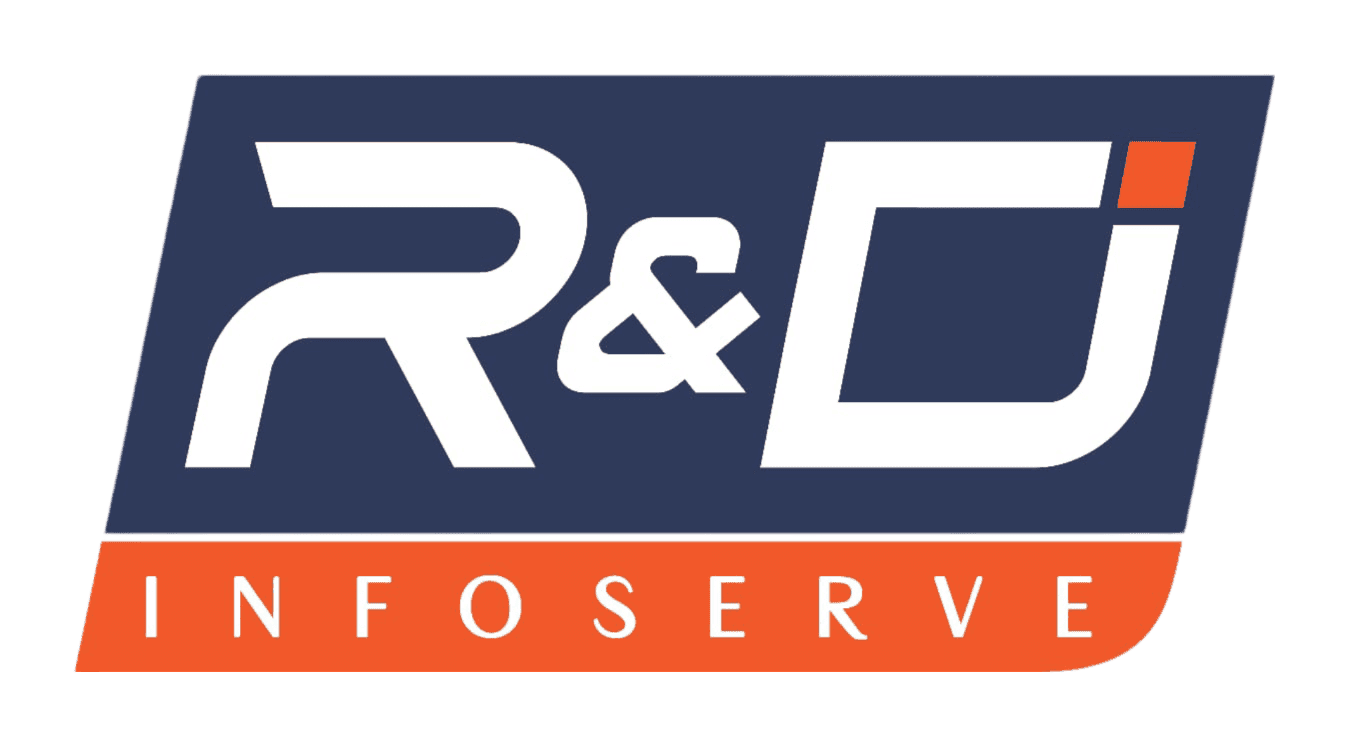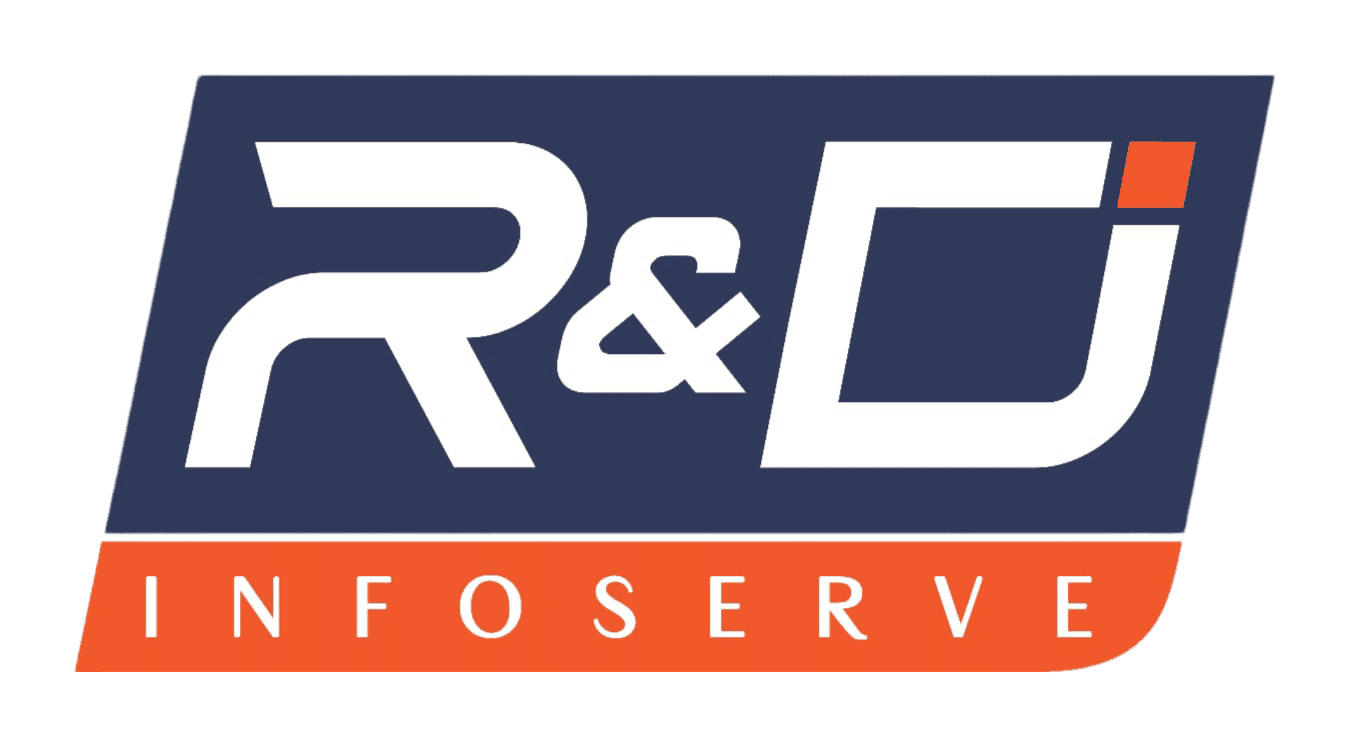So, the big day is here. You're getting your first laptop. It’s a huge step! But let's be real, it can also be a little terrifying. You hop online, ready to browse, and BAM. You're hit with a tidal wave of weird tech words. RAM, CPU, SSD, Gigahertz. Seriously? It feels like you need a secret decoder ring just to figure out what you're buying.
It’s a lot to take in. I still remember the headache of buying my first laptop for college. I spent weeks glued to review sites, and in the end, I felt like I was just throwing a dart at a board. I picked one that turned out to be a total brick. It was way too heavy to lug around campus, and the battery would give up on me before my second class. A complete waste of money.
But you can skip all that stress. This isn't going to be another dry, technical manual. Think of this as a simple chat with a friend who’s been there. We'll go through a simple checklist, piece by piece, and I'll explain everything in plain English. When we're done, you'll feel confident and ready to pick the perfect laptop for you.
First, Let's Talk Money: What's Your Budget?
Before you even dream about fancy features, you need a number. How much are you comfortable spending? This is the most important first step, trust me. It keeps your search focused and stops you from getting starry-eyed over a pricey machine that's way out of reach.
Laptops come in a few different price buckets. Here’s a rough guide:
The Essentials (Under ₹40,000):
These are your workhorses for the basics. Perfect for surfing the web, firing off emails, watching movies, and handling schoolwork on Google Docs or Microsoft Office. They do the job without any frills.
The Sweet Spot (₹40,000 - ₹70,000):
For most people, this is the magic zone. Laptops here are noticeably faster, can juggle more tasks at once, and usually have nicer screens. They're a fantastic choice for students, professionals, and busy families.
The Power Players (Over ₹70,000):
These are the beasts. They're built for the heavy lifting: pro-level video editing, intense gaming, or running complex design software. You’re paying for top-tier speed, the best screens, and premium materials.
Figure out your number and stick to it. I promise, there's a great laptop waiting for you, no matter your budget.
The Big Three: Choosing Your Team (Mac, Windows, or Chrome)
Every laptop has a main software that runs the show. It's called the operating system (OS). Think of it like picking a team. You have three main choices, and there's no single "best" one. It's all about what feels right for you.
Windows:
This is the one you see everywhere. It runs on tons of laptops from brands like Dell, HP, and Lenovo. Its biggest strength? It works with pretty much any software or gadget you can imagine. If you love having choices, Windows is your playground.
macOS (Apple):
This is the soul of Apple's MacBooks. People love it because it’s incredibly simple to use, looks beautiful, and is famously secure. It's a favorite among artists, designers, and anyone who just loves that clean Apple vibe. They do tend to cost a bit more.
ChromeOS:
This is the new kid on the block. It's a super simple, web-first OS you'll find on Chromebooks. If you live your life in the Google Chrome browser (Gmail, Google Docs, YouTube), a Chromebook could be your perfect match. They're fast, secure, and often very easy on the wallet.
What do you already use? If you have an iPhone, a MacBook will feel like coming home. If you're a Google power user, a Chromebook will make perfect sense.
Does Size Matter? (Yes, It Does)
You're going to be living with this laptop. Carrying it. Setting it up. Squeezing it onto tiny coffee shop tables. So yeah, size and weight are a huge deal.
The Featherweights (11-13 inches):
These are the smallest and lightest of the bunch. A dream to carry around! Perfect for frequent flyers or students dashing between classes. The only trade-off is the smaller screen, which can feel a bit tight for long work sessions.
The All-Stars (14-15 inches):
This is the most popular size for a reason. It hits that perfect balance. The screen is big enough to work on all day, but the laptop is still portable enough to grab and go. It’s a fantastic do-it-all option.
The Big Screens (16-17 inches):
These are basically portable desktops. They boast huge, gorgeous screens and pack a ton of power, making them amazing for gaming or creative work. But they are heavy. You won't want to carry one of these around every day.
Inside the Machine: A Simple Guide to Specs
Alright, let's peek under the hood. Don't worry, I'll make this painless.
The Brain (CPU):
This is the engine. The two big names you'll see are Intel (Core i3, i5, i7) and AMD (Ryzen 3, 5, 7). Just think of it like this: i3/Ryzen 3 is for your daily tasks. i5/Ryzen 5 is the solid choice for most people. i7/Ryzen 7 is for when you need serious muscle.
The Workspace (RAM):
RAM is your laptop's short-term memory. It's how many things it can think about at once. More RAM means more browser tabs, more apps open, and less slowdown.
8GB of RAM: This is the new starting line. It's fine for everyday use.
16GB of RAM: This is the ideal spot for most people. It keeps everything running silky smooth.
The Filing Cabinet (Storage):
This is where you keep all your stuff. Your files, photos, games, everything. You'll see two types, but just remember one thing: get an SSD (Solid State Drive). It's a non-negotiable. SSDs are lightning fast and make your whole computer feel snappy.
256GB: This is okay if you don't save a lot of big files on your device.
512GB or more: This is the safe bet. It gives you plenty of room to grow.
The Little Things That Count: Keyboard, Ports, and Battery
Don't overlook the small stuff. It can make or break your experience.
Keyboard: You're going to be typing on this a lot. Does it feel good? Are the keys comfortable? If you can, try typing a few sentences on a demo unit in a store.
Ports: These are the little plugs on the side. Make sure you have what you need! Look for a mix of USB-A (the old rectangle one) and USB-C (the new small oval one). An HDMI port is also handy for connecting to TVs.
Battery Life: The box might say "up to 12 hours," but take that with a grain of salt. Read a few reviews to see what people get in the real world. You want a battery that can confidently get you through a full day.
Conclusion: You've Got This!
See? Not so bad. Buying your first laptop isn't about knowing all the tech jargon. It's about knowing yourself. What do you need? What's your budget? What feels right?
Just walk through the checklist. Set your budget, pick your team, find your size, get the right engine for your needs, and check the details. Do that, and you won't just buy a laptop. You'll find a reliable partner that's perfect for you.
FAQs
1. What should I check before buying a new laptop?
Check the processor (i5/Ryzen 5 or above), RAM (at least 8GB), SSD storage, battery backup, screen size, and build quality. Choose a laptop based on your usage—whether it's for study, office work, editing, or gaming. Also, compare prices, brand reliability, and after-sales service. This checklist ensures you get the best value-for-money laptop.
2. Which is the best laptop for beginners in 2025?
In 2025, the best beginner laptops come with Intel Core i3/Ryzen 3 or higher, 8GB RAM, and an SSD (256GB or more). Brands like HP, Dell, Lenovo, and certified refurbished laptops from trusted sellers like RNDInfoserve offer great value. Ideal for students, professionals, or casual users starting their laptop journey.
3. Should I buy a laptop with integrated or dedicated graphics?
If your work involves browsing, video streaming, or office use, integrated graphics are sufficient. But for gaming, video editing, or 3D design, choose a laptop with dedicated graphics like NVIDIA or AMD Radeon. Select based on your usage needs—dedicated GPUs offer better performance but cost more.
4. Is SSD better than HDD for a first laptop?
Yes, an SSD is better than an HDD for your first laptop. It provides faster boot time, quicker file access, and better durability. For everyday use—like browsing, studying, or working—a 256GB or 512GB SSD ensures smoother performance and quicker loading. It's a must-have for a future-proof laptop.
5. Should I choose Windows or macOS for my first laptop?
Windows laptops are more affordable, support a wider range of software, and are ideal for students and professionals. macOS (MacBook) offers excellent build and performance but comes at a higher price. For most first-time buyers in India, Windows or refurbished laptops offer better value and flexibility.


